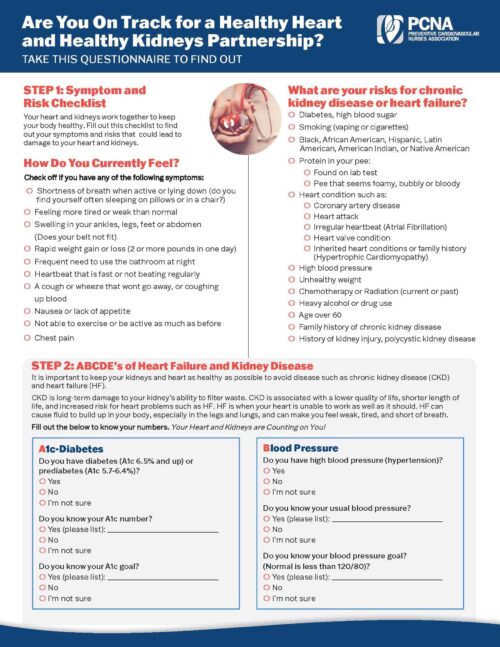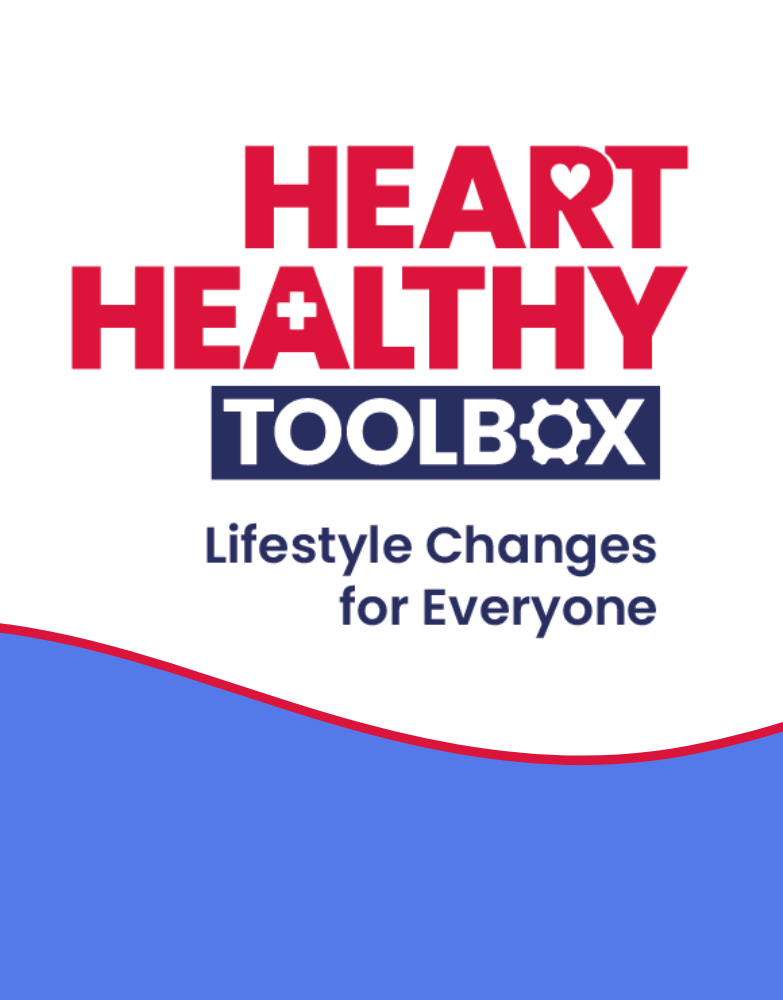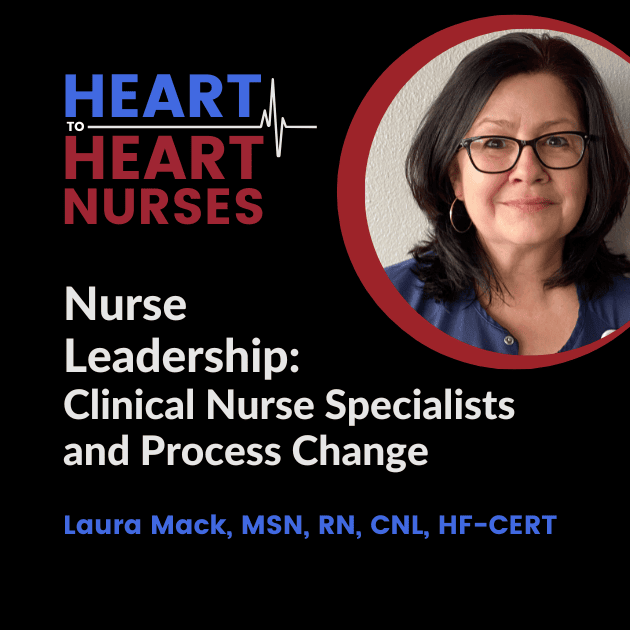Learn more about the role of a Clinical Nurse Leader, and how these individuals can drive positive outcomes for patients. Guest Laura Mack, MSN, RN, CNL, HF-CERT, PCNA’s Heart Failure Prevention 2025 awardee, describes a nurse-led process improvement for patients with heart failure that yielded substantial progress in reducing rehospitalizations and mortality.
Episode Resources
[00:00:00] I’m Erin Ferranti, board president for PCNA, and I’d like to welcome you to this episode of the Heart to Heart Nurses Podcast. PCNA is the proud home of cardiovascular nurses and one of the leading figures in the fight against cardiovascular disease. We have the resources you need for your day-to-day practice or to follow your passion to new areas of learning and growth.
Geralyn Warfield (host): (00:19)
I’d like to welcome our audience to today’s episode where we are going to be speaking with Laura Mack. Laura, could you introduce yourself to our audience, please?
Laura Mack (guest): (00:25)
Yes. Hello, my name is Laura Mack and I’m a clinical nurse leader. I work at FHN Hospital in Freeport, Illinois and I currently work with the heart failure population.
Geralyn Warfield (host): (00:35)
We’re so excited that you’re here to share about, first of all, what exactly is a clinical nurse leader? I know that might be a term that is familiar to some, but some of us might not know exactly what that means.
Laura Mack (guest): (00:45)
Actually, a lot of people are not familiar with it and it’s actually the newest role in nursing. It’s a Master’s degree program that if I give you a little bit of background on why it was developed…In 1999, the Institute of Medicine released its report entitled To Err is Human: Building a Safer Health System. So, the report highlighted how these errors are occurring due to processes.
And so, the American Association of College of Nursing, the AACN, came together and their response to this report was the development of this nursing role. So, our role really is to improve outcomes for patients and make the care safe for the patients. We advocate for patients and we advocate for nursing.
Geralyn Warfield (host): (01:34)
If I were at your facility, how many people are in this role?
Laura Mack (guest): (01:38)
So, at our facility, at the actual hospital, we have 3 clinical nurse leaders. So, our organization was proactive a while ago, and they sent some of us to school to become clinical nurse leaders. A lot of places don’t have clinical nurse leaders, and a lot of people actually don’t know what a clinical nurse leader does. But my cohort, we graduated in 2015, so it’s now been 10 years. And we’ve been able to develop the role and really make some changes at our institution.
Geralyn Warfield (host): (02:07)
And within your program or within people who are in the program now, do they come from a variety of backgrounds? Are some of the individuals kind of early in their career ,or is this more of a mid- to late-career kind of preparation that happens?
Laura Mack (guest): (02:22)
I think there’s a bit of variety of that. Again, I don’t see a lot of clinical nurse leaders out there, so because it’s still a fairly new role, been out since less than 20 years, there’s still not, we still don’t see a lot of clinical nurse leaders out there.
Geralyn Warfield (host): (02:37)
Now what would a…I know there’s no such thing as a typical day when it comes to nursing in any capacity, but what might a typical day look like for a clinical nurse leader?
Laura Mack (guest): (02:45)
So, in my role, I work with a heart failure population, but I’m also…clinical nurse leaders are developed to be able to work in any clinical situation. I should be able to go to a GI lab or some other area and help facilitate processes.
So, in my role, I mentor a lot of nurses, some students, some nurses, to bring evidence-based practice to the bedside. So, we encourage it and we mentor them.
We also with care plans, complex care plans. I’m always in the charts of my heart failure patients, altering care plans a little bit and advocating for them, for the correct care for them.
We help with transitions of care to make sure that patients are set up for success once they leave the hospital and in between.
We collaborate with other disciplines so that we’re all on the same page working for the same goal for the patients.
Geralyn Warfield (host): (03:41)
So, you’re looking at patient safety, you’re looking at patient outcomes, and diving into processes that support that, then it sounds like.
Laura Mack (guest): (03:49)
It is, you’re right, patient outcomes and data, we do a lot of data also because data drives change, right?
Geralyn Warfield (host): (03:55)
Yes, most definitely. What else do you think people who are unfamiliar with this role would like to know in terms of how it fits into the hospital setting, or what it might look like if there’s not a clinical nurse lead at their facility, how they might go about addressing that perhaps?
Laura Mack (guest): (04:13)
Well, I think hospitals are always looking at their data, like what are your readmission rates, your outcomes for surgeries? We always have outcomes that everybody looks at, Yeah, so this role, it helps to improve outcomes. So, we look at processes.
So again, we’re getting reports on readmission rates. We’re getting reports on safety, infections, and all of that. When the numbers are going the wrong direction, how do we fix that? There’s always teams that are looking at this data and how do we fix it and how do we get the numbers green versus red. And that’s where clinical nurse leaders can step in. We take a look at the process, what is going on? What are we missing out on? And then we can change the practice to help improve that.
Geralyn Warfield (host): (05:01)
And so, what kind of results have you seen at your facility, especially with these heart failure patients with whom you work?
Laura Mack (guest): (05:06)
So, with the heart failure patients, recently with readmissions particularly, we implemented a process to make sure that patients were getting the guideline-directed medical therapy. New guidelines came out in 2022 and hardly anybody was following the previous ones. And so how are they going to follow the current ones? So, it took a while, but we got that in place and our data has been phenomenal.
January of last year, in 2024, our readmission rates were 20% and above. By July, they were down to 14%, which was under our goal of, I think it was 14.8. And then by September, they were 7%, almost unheard of. And ever since then, they have been anywhere between 7 and 11%.
And so, we’ve had consistent reduction in readmissions, and we have been able to stabilize that for our patients.
Geralyn Warfield (host): (05:58)
So, exceptional outcomes for patients just by having this role, looking at processes and helping to nurture and mentor and, you know, kind of guide some of the decision-making that’s happening on a daily basis then.
Laura Mack (guest): (06:11)
Yes, correct.
Geralyn Warfield (host): (06:13)
Perfect.
We are going to take a quick break, and we will be right back.
Geralyn Warfield (host):
I’d like to welcome our audience back to our conversation with Laura Mack. And right before we had our little break, you were talking about making adjustments to your processes based on updated guidelines. Now, no matter where you work, when there are new guidelines that come out, it’s pretty challenging to try and get those to be implemented and used as quickly as possible.
So, what did that look like at your facility? How did that work? And I know it’s not smooth, so if you even want to identify some of the barriers or challenges that you had, that would be great, too.
Laura Mack (guest): (06:46)
Sure. So we have a 100-bed hospital. And we did not have a heart failure clinic in place. And prior to the new guidelines coming out, the goal was to start a heart failure clinic. And so, we had a comprehensive team together, and we were doing the process for a business plan, to put one in place.
Some unfortunate events happened, and it got derailed. We got back on track. It got derailed again. And then, we hired a nurse practitioner to help get that going again as well.
And then COVID happened, and we know nothing happened during COVID. Then COVID was coming to a conclusion and we’re like, “OK, can we, let’s get this back on track.” And at that time, the organization decided that it was no longer a goal for them, that we weren’t going to do this.
But this was also the time the new guidelines were coming out. And so, when we looked at our data, there were three medications on those guidelines that were previous to the new ones, and 17% of our patients were being prescribed these medications, and so, we were with the national standards of less than 25% being treated.
So, if we can’t get patients on three medications, how are we going to get them on four?
And so, we decided that we don’t need a clinic to treat patients by the guidelines. And so, myself and the nurse practitioner, and we pulled in the nurse cardiology nurse navigator from the clinic. So, we have three different points.
And we came together on a weekly basis and we looked at the current process. We put a big poster on the wall, mapped out our current process, and where the problems were, and what needed to be fixed.
We developed a new process. And that included me being a point person within the hospital, identifying the patients, and then transitioning them, making sure they have appointments at the cardiology clinic.
We blocked out the schedule every Monday afternoon for these patients, so we had a place to put them. And then, if the patient couldn’t travel, we called them.
So, we had a process in place where we could do this. And so, what we decided was that anybody who had a cardiology consult, we could roll into this program. And we did that process. It worked out great.
And in 2023, we looked at the data. We decided to look at it for six months out. So mid-2023, we took a look at the data and we had phenomenal results.
So, when we looked at our data, we compared the patients that were in our program compared to usual care, and at 6 months. So, at 6 months, 72% of our patients were on all 4 medications versus 13% that were not in our program.
The patients that were on maximal guideline-directed medical therapy, 58% of ours, and 0% on usual care.
And then we looked at echos, 6 months; how was their EF [ejection fraction] looking? So, if they were on the program, we had 16% that were the same or worse, mostly the same, but there was 37% not in the program that were the same or worse. So, you had twice as much chance of having a worse heart not being on these medications.
In contrast, 72% of our patients had an improvement of at least 10% of their ejection fraction, and 37% not in the program had that. So, you were also twice as likely to improve your heart function.
Looking at morbidity and mortality at 6 months, 4% on our program had died versus 24% not on our program.
And then, hospitalizations: 19% of our patients had at least one all-cause hospitalization within 6 months. 50% on the other arm were coming back to the hospital.
So, if you look at the guidelines, they tell you, if you treat the patients by the guidelines, they will feel better, they will live longer, they will stay out of the hospital, their hearts will get better. And that’s exactly what our data showed. They write out the instructions where if you do it, you know, this is what’s going to happen to your patients.
And so, what we did then is we took this data right to the cardiologists. We’re like, you know, “Look at what we’re doing here.” Just to get their support to spread it throughout the hospitalists and the other departments. And so they were like, “This is awesome. We need to promote this.” And so, we took it to the hospitalists and got there by in that, you know, we’re going to make everybody like join this program. And so then we started to look at different processes to help facilitate that.
Geralyn Warfield (host): (11:30)
And I am just stunned by that. We know that, as you said, the guidelines work. They are well thought out. How it’s supplied determines how effective they’re going to be. And that’s a great study that you have shared, great data-driven information that you were able to share with your colleagues.
It sounds like everything went smoothly. Is that accurate or were there some barriers that you had to go through?
Laura Mack (guest): (11:56)
Well, there’s always barriers to change processes, especially when you involve other people, So, some things we did to facilitate this that we thought we were helping everybody: we updated the documentation. We created documentation that would make it easier for them, right? It’s like, you know, remind you that you have to do this.
And they didn’t use them. So, then we took it back, the teammates, we made it mandatory. So now it’s mandatory. Nobody likes mandatory things, and then they weren’t even using it correctly. So, they were documenting, but they weren’t doing it correctly.
Then we got the quality department involved, right? And really, money talks. The providers have quality measures where they get some financial incentives. And so, the quality department took heart failure measures and put them into the provider’s quality measures. And so now they were doing a little bit better with that. And so, we were able to improve our performance.
We had been doing Get With The Guidelines since 2019, maybe. Never been able to get an award. And then after we put all these processes in place, we received multiple heart failure awards for the first time. And we’re still on track to continue to get those awards.
Geralyn Warfield (host): (13:19)
Well, Laura, you give us all hope that there is a way for us to help improve our patient—the way they feel, as you said, their longevity, lowering their hospital readmissions. We just need to pay attention to doing what we’re supposed to do. We all recognize how health care is under stress all the time, even so much more now, but taking the time to understand why we’re doing it and putting that into practice really makes a big difference.
I’m really grateful to you for sharing that example.
Laura Mack (guest): (13:50)
Yes, thank you for asking. So, it’s just so important to follow the guidelines. They are there in place. I mean, they have the smartest people, right? The doctors and nurses are so smart, and they have the best studies, and they pull them all together for us and tell us exactly what to do. And it’s hard to believe that people don’t want to follow them. People resist that change. So, it’s the biggest hurdle. Nobody wants to change.
Geralyn Warfield (host): (14:13)
That is a big hurdle.
If you had one key takeaway that you’d like to leave with our audience, what would that be?
Laura Mack (guest): (14:22)
So, nurses can drive a lot of change. Nurses are at the heart, they are at the bedside of the patients. They see what’s going on. They wonder why we’re doing it this way or what could be better. And to help promote that, to be there. They don’t have time to follow up on their questions, but they can drive the change. They can identify the issues and help direct what needs to be done.
Geralyn Warfield (host): (14:48)
Right. And I would also recommend that a nurse who has an idea for improvement, that you take that to whoever it is that needs to hear that. And if they’re not listening, take it to somebody else and be an advocate for yourself, be an advocate for your patients.
Laura Mack (guest):
Absolutely.
Geralyn Warfield (host):
You do that every day. And it’s just a great way for us to collectively help to improve patient outcomes.
Laura Mack (guest): (15:10)
Yes, but working together, that’s the key, for the same goal.
Geralyn Warfield (host): (15:12)
Exactly.
Thank you so much for being here today, Laura. I’m really grateful to you.
Laura Mack (guest): (15:17)
Thank you, Geralyn.
Geralyn Warfield (host):
This is your host, Geralyn Warfield, and we will see you next time.
Thank you for listening to Heart to Heart Nurses. Visit PCNA.net for clinical resources, continuing education, and much more.
Topics
- Heart Failure
- Professional Development
Published on
August 5, 2025
Listen on:
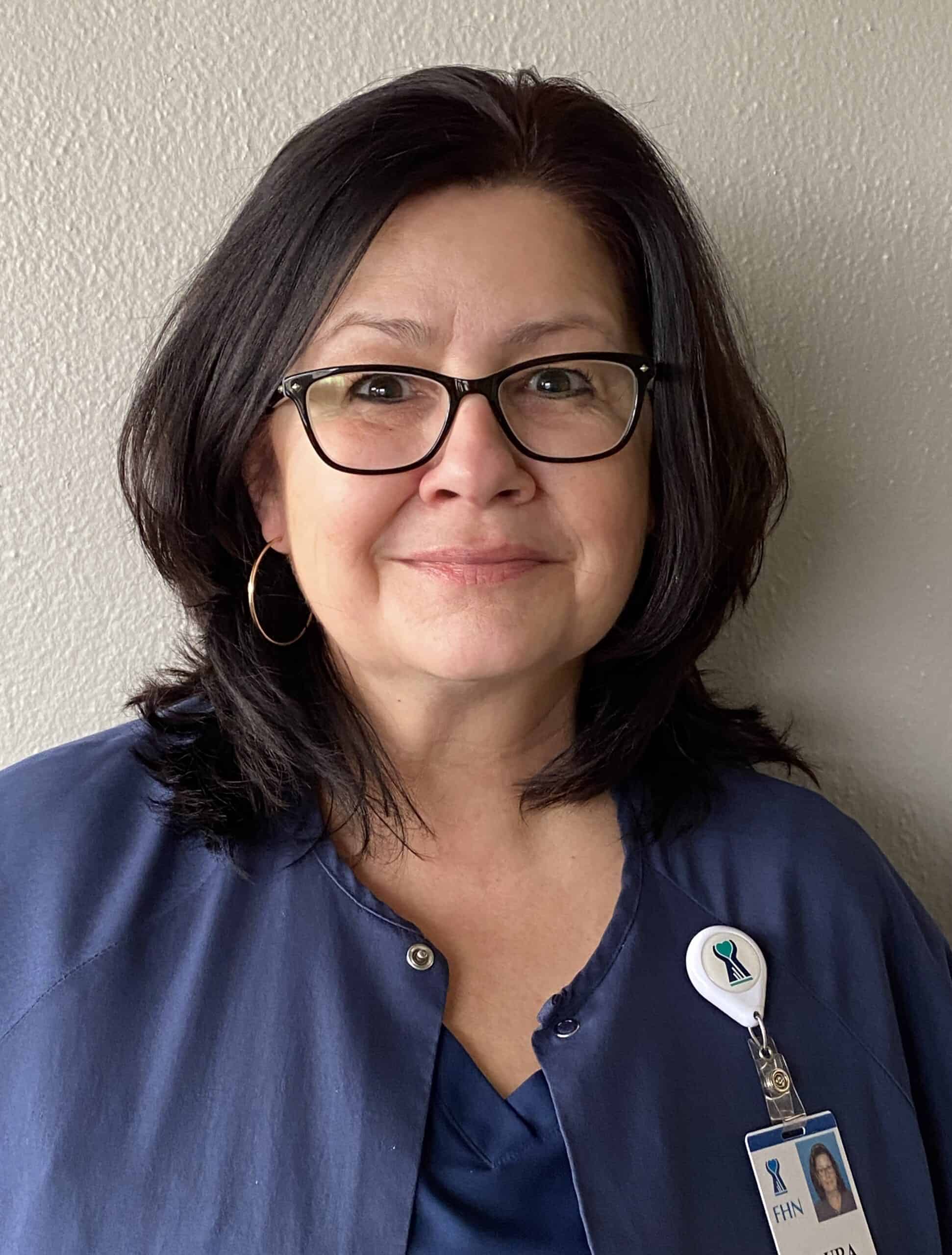
MSN, RN, CNL, HF-CERT
Related Resources
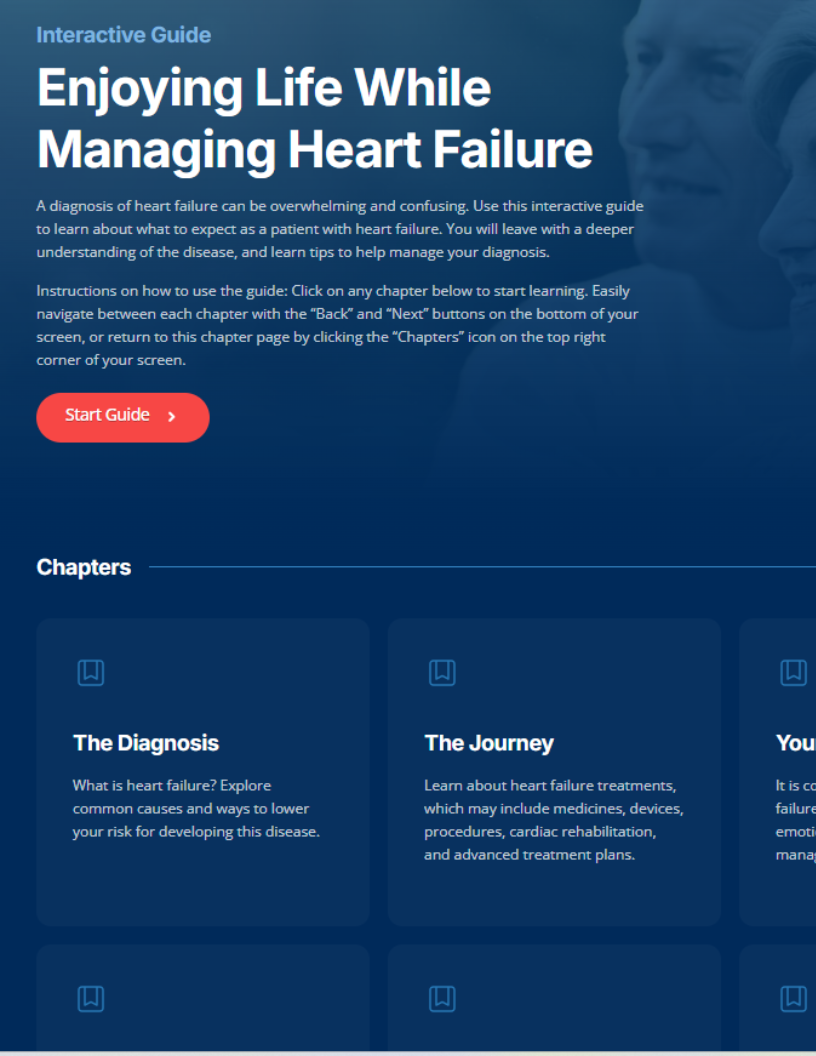
Online Interactive Guides
Enjoying Life While Managing Heart Failure Online Patient Interactive Guide
March 12, 2024
